After years hidden from view, the statue of Sir John A. Macdonald at Queen’s Park in Toronto is back on full display beneath a giant Canadian flag.
In early July, workers at the Ontario legislature quietly took down his wooden casing, but the symbolism rang loud. Gone were the tiny children’s shoes that mourners once placed on the steps of the statue to honour lives lost in residential schools. In their place, a new, polished plaque offered a softer narrative: “Though we cannot change the history we have inherited, we can shape the history we wish to leave behind.” Speaking to reporters that day, Ontario Premier Doug Ford put it differently: “We have to move on. Stop worrying about the past.”
You may unsubscribe from any of our newsletters at any time.
It’s been five years since statues of Macdonald became the target of choice for many anti-racist protesters after the murder of George Floyd. To them, monuments to the nation’s first prime minister — whose government formalized and sponsored the residential school system that removed 150,000 Indigenous children from their families — stood as stark symbols of a country still unwilling to face its colonial past. Calls to permanently remove his statue only grew after protesters doused pink paint over the monument. But the provincial legislature elected instead to board it up, delaying a permanent decision. While Montreal’s statue of Macdonald was forcibly ripped down and Regina’s was permanently placed into storage, the statue at Queen’s Park was spared, hidden from the public in a plywood box.
In the weeks since the unboxing, petitions have begun to pop up across the country calling for the return of similar colonial-era monuments. A Toronto Star op-ed recently declared it “the right time” to bring back Macdonald’s statue to Queen’s Park. The National Post went further, describing the reinstatement as “the beginning of the end for the history purge.”
A chorus of voices has long been calling for the restoration of colonial monuments. But as Canada finds itself once more in a tense economic relationship with the United States, calls to restore national pride are growing louder. For some, that pride is being pinned to familiar figures like Macdonald, now recast as a symbol of resistance to American influence.
On the campaign trail this past spring, Conservative Leader Pierre Poilievre pledged to revive national symbols if elected, praising Macdonald as “the first to resist American annexation.” In British Columbia, provincial Opposition leader John Rustad campaigned on a similar pledge in Conservative party videos. “They tore down our past. We’re building it back — with your help,” reads his party’s recent petition.
The statue’s return didn’t shock Grand Chief Joel Abram, the elected chief of the Association of Iroquois of Allied Indians, which represents 20,000 First Nations citizens from eight communities across Ontario. But he still doesn’t think it sends a good message to his constituents. “People try to act like it’s this neutral thing of restoring history, but it is a political choice,” says Abram. “Otherwise, it wouldn’t be so disputed.”
Art history professor Jonathan Finn watched a similar debate over statues unfold in Waterloo, Ont., a decade ago. In 2015 — well before toppling statues became a flashpoint — he started a petition at Wilfrid Laurier University to halt the installation of life-size bronze statues of all Canadian prime ministers across campus as part of the country’s 150th anniversary. It wasn’t just the lack of consultation that alarmed him. It was the message such statues would send.
“All but one of them were dead white men being immortalized in bronze,” he says. “It was particularly hypocritical at a time when the university was trying to be more inclusive and open up the campus to people who might not traditionally be here.”
The petition succeeded. Laurier’s board of governors voted not to put up the statues. But almost 10 years later, they remain a subject of debate in the nearby township of Wilmot, where some community members continued to push to have them installed on the grounds of Castle Kilbride, a national historic site. (Update: Three weeks after Broadview’s call with Finn, Wilmot Township council unanimously voted to reinstall the Prime Ministers Path statues at Castle Kilbride. According to CBC News, the project’s John A. Macdonald statue will be moved to a more discrete area, and a new committee will develop historical content to add context to the statues.)
“Every six months or so, I’ll see a story come up about the statues, and it amazes me that it’s still being discussed,” says Finn. “But at the same time, I guess it’s so typical of ‘culture wars.’ What do you do if you can’t change someone’s belief? You go after material manifestations of that ideology.”
Finn attributes the call for restoration of statues to the rise of right-wing populism under Donald Trump. “They’re seizing the moment to push back against what they perceive as unbridled progressivism or ‘wokeism’ run amok,” he says. He points to parallel efforts by conservative groups to rewrite course syllabi or rename school boards as part of a broader ideological playbook.
More on Broadview:
- Indigenous resistance doesn’t begin or end at the Canada-U.S. border
- The Indigenous-United Church: a journey to right relations
- Truth before reconciliation
The Canadian Institute for Historical Education (CIHE) is arguably one of those groups. Through essays, petitions and commentary, the group champions the reputations of historical figures like John A. Macdonald and Egerton Ryerson. In a recent petition, CIHE called on the Toronto District School Board to not rename schools named after figures like Ryerson, Macdonald and Henry Dundas, arguing that doing so erases important parts of Canadian history.
Allan Williams, CIHE’s executive director, says figures like Macdonald — who he calls “progressive…for his time” — have been unfairly maligned by a “reflexive” cultural shift in the wake of the George Floyd protests. To Williams, the problem lies in judging historical figures by today’s standards.
“To tear down [Macdonald’s] statue and throw paint on it, it’s just wrongheaded,” Williams says. “We wouldn’t have a country without him. He was the driving force behind Confederation.”
He also raises the example of Egerton Ryerson. Often hailed as the father of public education in Ontario, Ryerson recommended the creation of church-run institutions to assimilate Indigenous children, earning him another moniker: “architect” of Canada’s residential school system. (Ryerson was also the founding editor of The Christian Guardian, one of Broadview’s predecessor publications.) Williams disagrees with this characterization, pointing out that Ryerson died in 1882, before federal support for residential schools was implemented. Williams doesn’t deny there were abuses in residential schools during the 20th century, though in his interview with Broadview, he also asserts that Canada did not originally force Indigenous children to attend Ryerson’s proposed state-run schools in order to assimilate them. Rather, the schools were voluntary and asked for by Indigenous people, according to Williams.
The Truth and Reconciliation Commission concluded in 2015 that the assimilation tactics documented at residential schools amounted to cultural genocide. Omeasoo Wahpasiw, an assistant professor of Indigenous Studies and Architecture at Carleton University, has lectured on the legacy of residential schools. To her, Williams’ assertion that the schools were voluntary is a familiar one. She says blaming the victim is a common move amongst residential school denialists, who wish to give leeway to the people who founded them by downplaying their impacts. She says many of these claims can be traced to Shingwauk’s Vision, a 1996 account of Canada’s residential school system by historian J.R. Miller.
“In his book, [Miller] continually talks about the ‘positive outcomes’ and suggests that [residential schools] became exploitative and culturally genocidal over time, not that that was the original intent and purpose,” she says. This revisionist framing, she warns, risks recasting a system designed for assimilation as a well-intentioned project that simply went astray.
As Canada tries to reassert its own identity, some see this as the right time to trot out our country’s first prime minister. But Grand Chief Joel Abram is troubled by the way history is being repackaged to serve nationalist aims. “Public symbols, in my view, ought to reflect truth and shared values,” he says. “If the statue of John A. Macdonald does so, then we have to ask ourselves: what exactly are we choosing to celebrate?”
CORRECTION A previous version of this story stated that Omeasoo Wahpasiw was currently an assistant professor at the University of Prince Edward Island. This story has been updated to reflect her current job.
***
Xavi Richer Vis is a Toronto-based writer and data journalist.

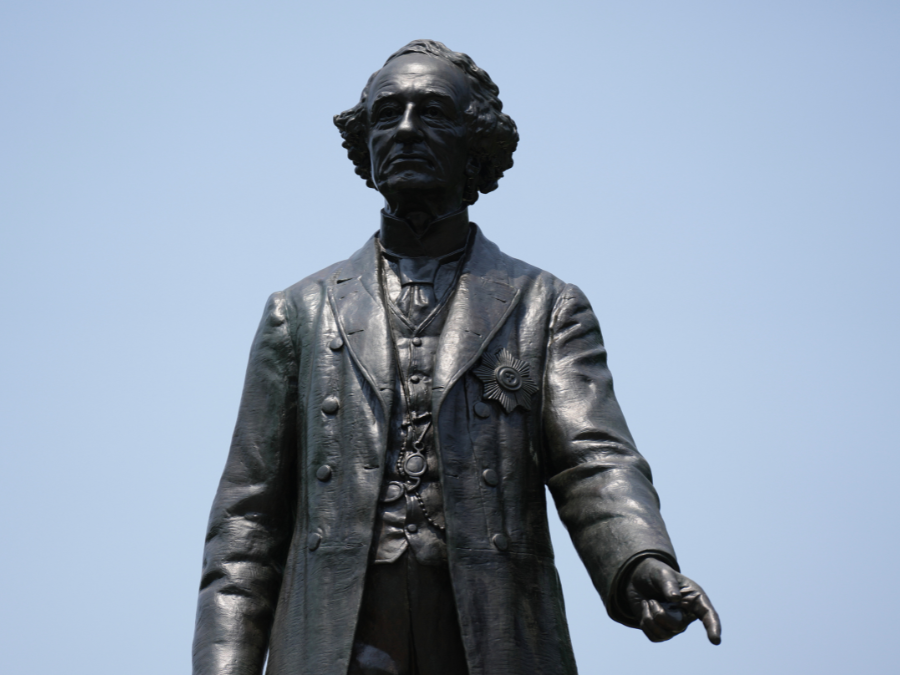

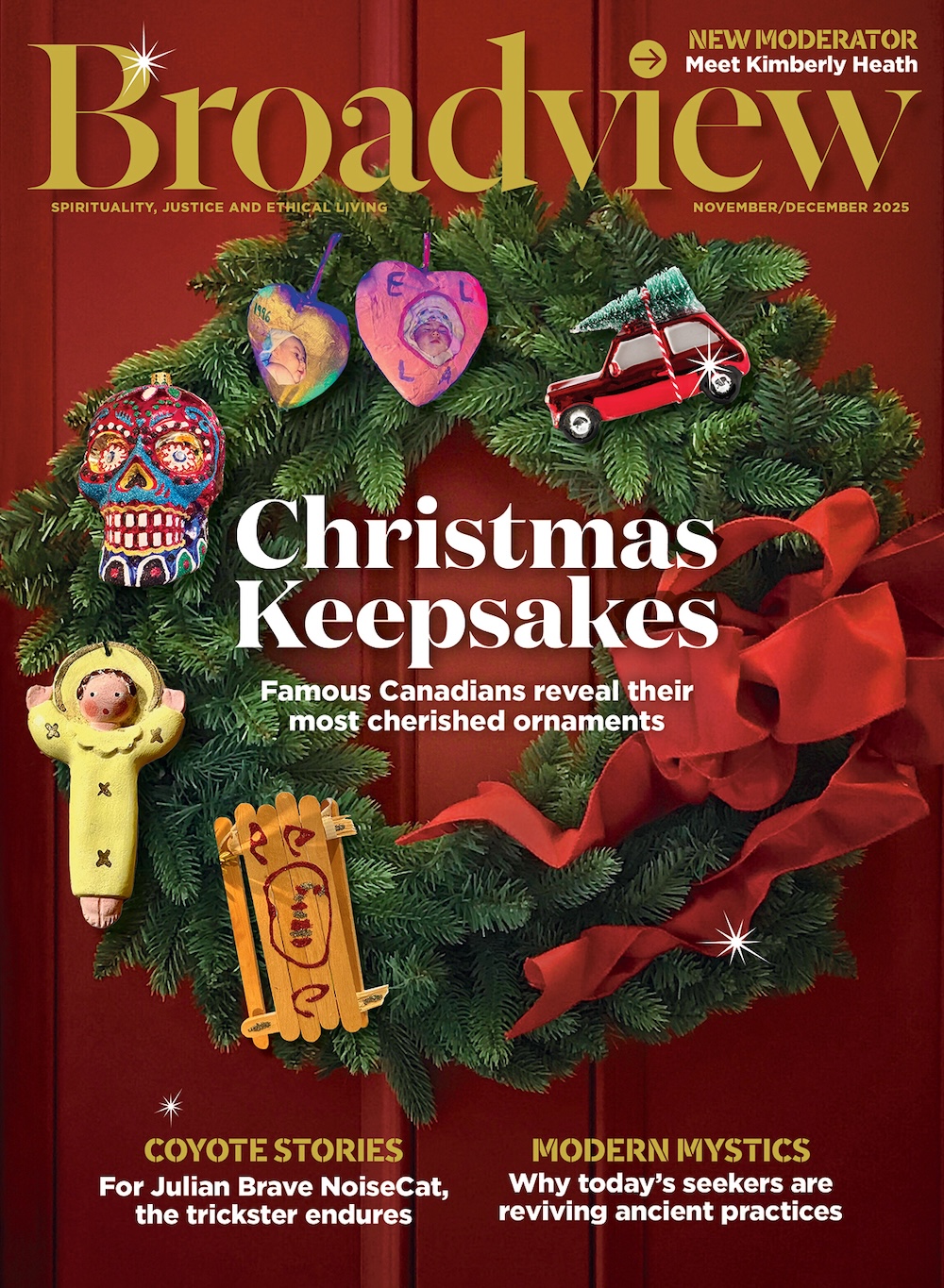

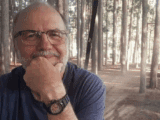
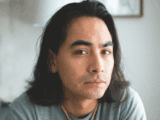

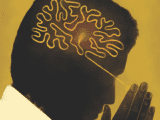

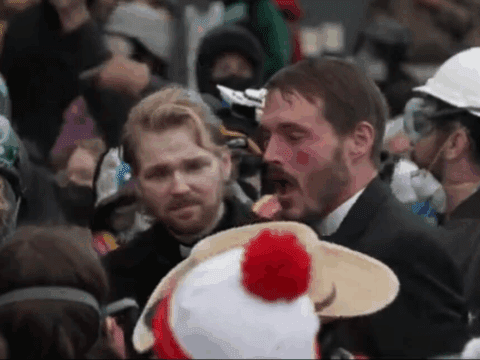
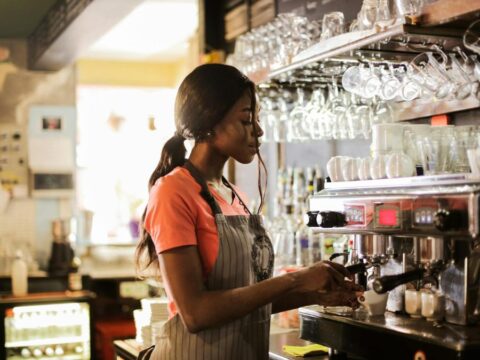
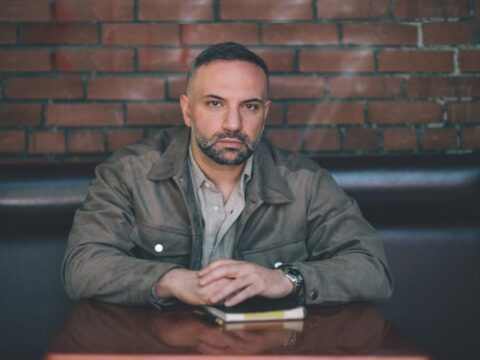


A black man is killed in the U.S. and now Canadians want to get rid of their historical heritage. The Jews think of Moses as the greatest Prophet, yet he was a murderer, thousands of children died while he lead his people out of Egypt, and thousands of men died while in pursuit of his fleeing. Surprisingly God wants them to remember these facts. I understand there is a vast difference, but tearing down statues and forgetting our history is like throwing the baby out with the bath water. Were our leaders perfect?, no. Are we? no. We can place dark images on any of our historical figures. Mahatma Gandhi was an outspoken racist against black South Africans. Winston Churchill thought white British men were on the top hierarchy of Darwin’s evolutionary tree. Although he felt sorry for the North American and Australian indigenous, (the better man won). Abraham Lincoln didn’t think slavery was wrong. He held the belief that blacks should not vote, run for office or intermarry. We still have our issues. Erasing our past doesn’t negate them. As much as we hate it, we must take the good with the bad. I find it amazing that people come from all over the world to a country such as ours, in spite of it being built on white supremacy, colonialism, and “genocide”. Perhaps our forefathers are not so bad after all, they made good sacrifices and bad decisions to allow us to express our opinions freely in this country. I for one am proud of them.
Well said, Gary.